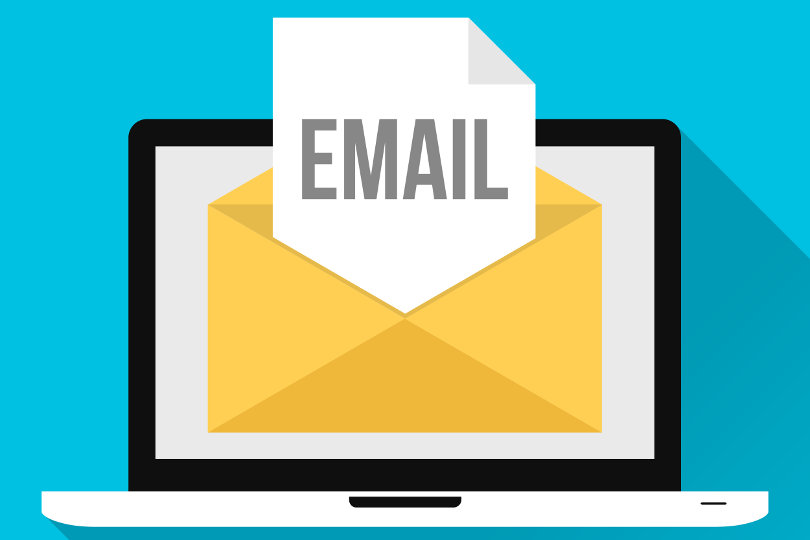About the only thing worse than high cart abandonment rates on an ecommerce website, is a customer who buys once and never returns to add more Benjamins to your profits.

Here’s some fast facts to illustrate the importance of follow-up emails – and the follow-ups to the follow-ups:
- 80% of sales will require 5 follow-ups to close a deal.
- 44% of salespeople give up after one follow-up attempt.
- 63% of information requests (ie., opt-ins) won’t convert to a sale for at least 3 months – 20% will take up to a year.
- Up to 50% of sales go to the vendor who keeps themselves at the forefront of a prospect or returning customer’s mind until the desire to purchase hits them.
- A lead is 9 times more likely to convert when they’re followed up within 5 minutes of requesting information or shopping cart abandonment.
- Read more interesting sales statistics here.
If you don’t send follow-up or “remarketing” emails to your visitors, you’re seriously cheating yourself and your online business out of revenue. Here’s 4 kinds of follow-up emails you need to start sending ASAP:
1. Offer an education
This might seem obvious, but if you’re gunning straight for the sale all the time, you might have forgotten about the lost art of providing “free” educational value in your follow-up emails both with prospective leads, and customers who’ve bought from you before.
For instance, say someone just ordered a bed from your website: Send them a DIY video on how to put it together and link out to tools or related services you can offer to help them get the job done more efficiently.
2. Use contextual ads to allow a picture to say what you don’t have time to
I would hope that you check which keywords are driving people to your sites and that you have contextual ads running on your pages. Keyword data is key, after all. And, depending on what you’re selling; sending out contextual ads based on those keywords and your products in a follow-up email, while providing some other sort of free value, is a great way to get targeted clicks to your sales pages.
Contextual ads can target customers who’ve either abandoned their shopping cart recently, or already made a purchase from you in the past. Pinboards (both physical and digital) are very effective if you have a lot of physical products in your lineup. They often feel more like a free catalog than a sales-driven email to those you send them too.

3. Remind them of the emotional trigger that made them sign up for your list
This one has been used with success over and over. Especially when someone signs up to your mailing list to read or download what they hope will be useful content. Reminding people of why they chose to sign up in the first place is the key to keeping communications relevant.
The great thing about list sign ups is that the person has already told you what’s bothering them or what they truly want. Now it’s up to you to make sure they don’t forget it! If they signed up to learn more about automating their business, remind them, without using any BS, that you have a product that checks all the boxes – then offer them a small discount or free bonus if they purchase your product within a predetermined time.
4. Reel in those abandoned carts with customer reviews
A study recently released by Baymard Research revealed that 68.81% of ecommerce shopping carts are abandoned before the customer hits the buy button (source). That’s a lot of money being left on the table. Let’s leave the fact that usability problems or unclear terms and fees are often the reason shopping carts are abandoned out of the discussion for now.
That same study revealed that close to 60% of respondents who claimed to have abandoned an online shopping cart in the last three months did so because they were “window shopping” and not yet ready to pull the trigger. Why not send them an email reminder of what they had in their shopping cart with a simple, yet honest and positive review from a past customer to try to push them to make a purchase? Reviews drive sales.

TLDR: Email is Dead! (Not)
Rah, rah! Shout it from the rooftops if you believe in that statement so strongly. Fact is, email still out performs Facebook and Twitter (combined). How much you ask. How does 40x more effective sound?
I’d hazard a guess that much of the sales successes contained in that statistic come from the warm type of follow up emails described above, where emails are sent to highly targeted consumers like qualified opt-ins and past/current customers.
When a customer shows interest in buying, but abandons their cart after already opting-in; or they’ve shown interest by making a purchase already, you’re in prime pouncing shape to send them just the right kind of follow-up email to eek a purchase out of someone that would have otherwise left and disappeared forever!







